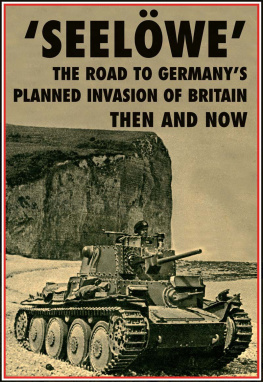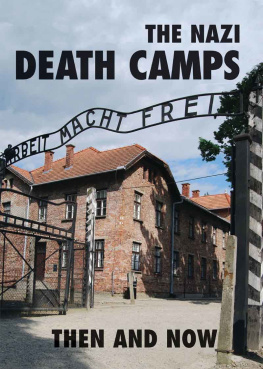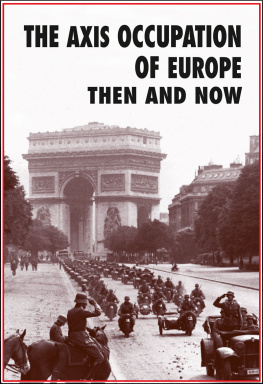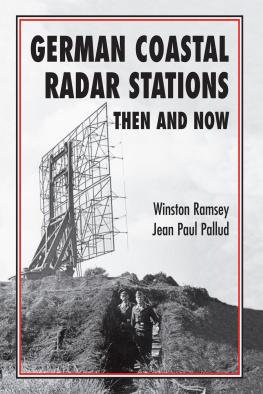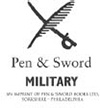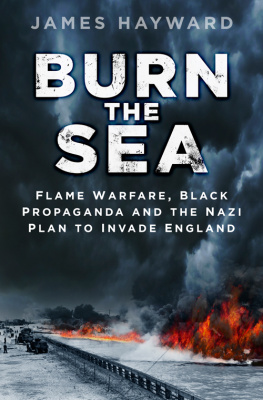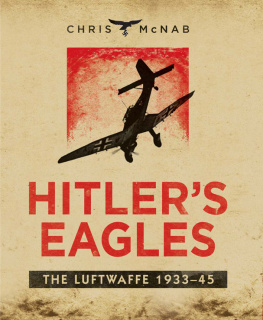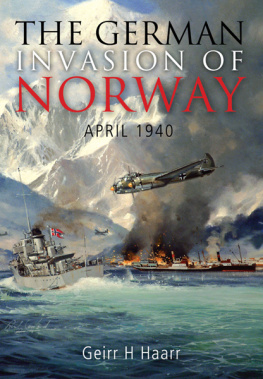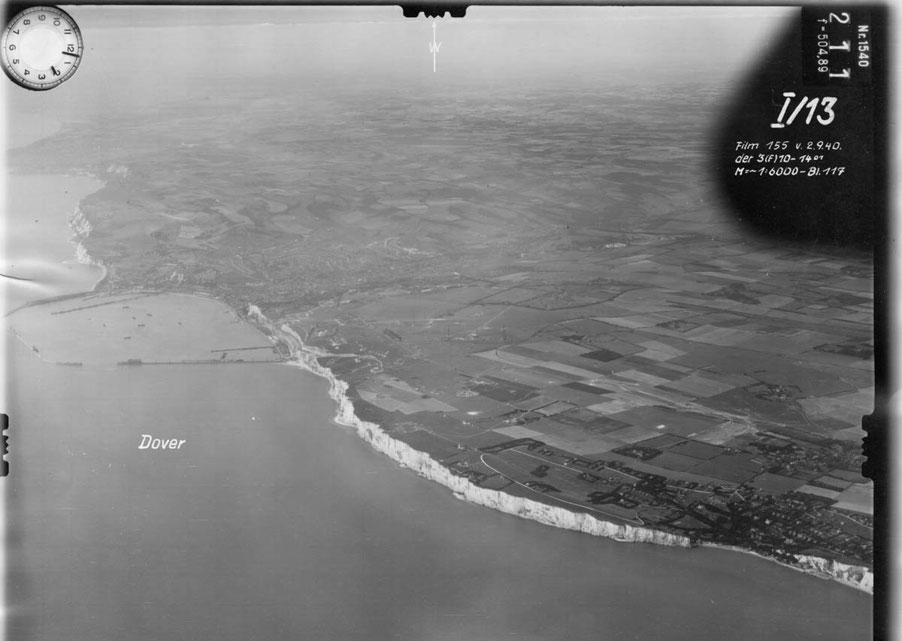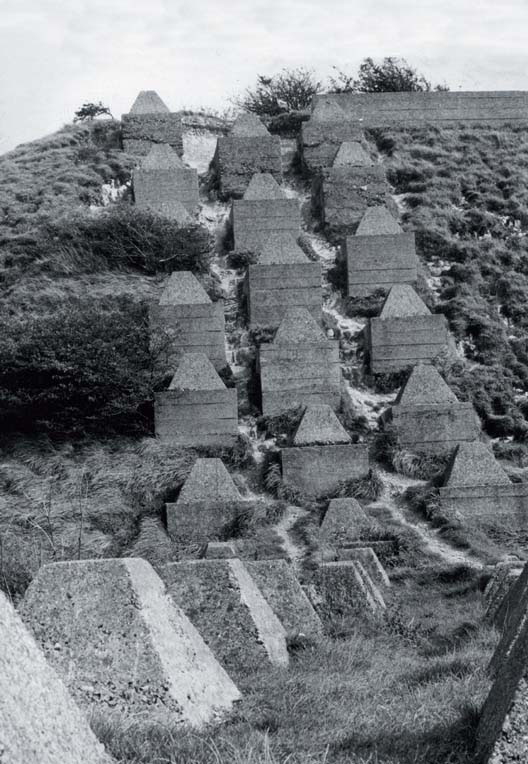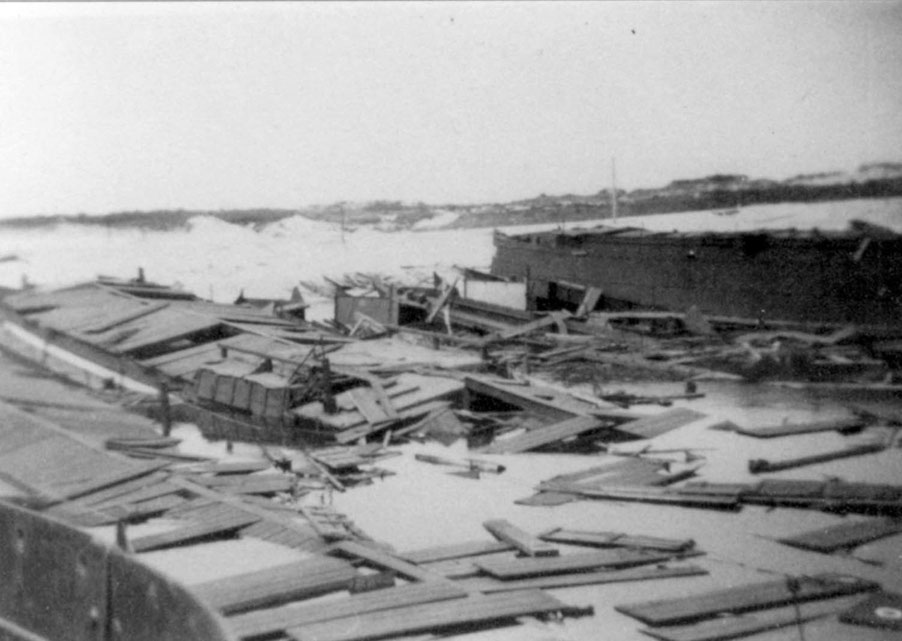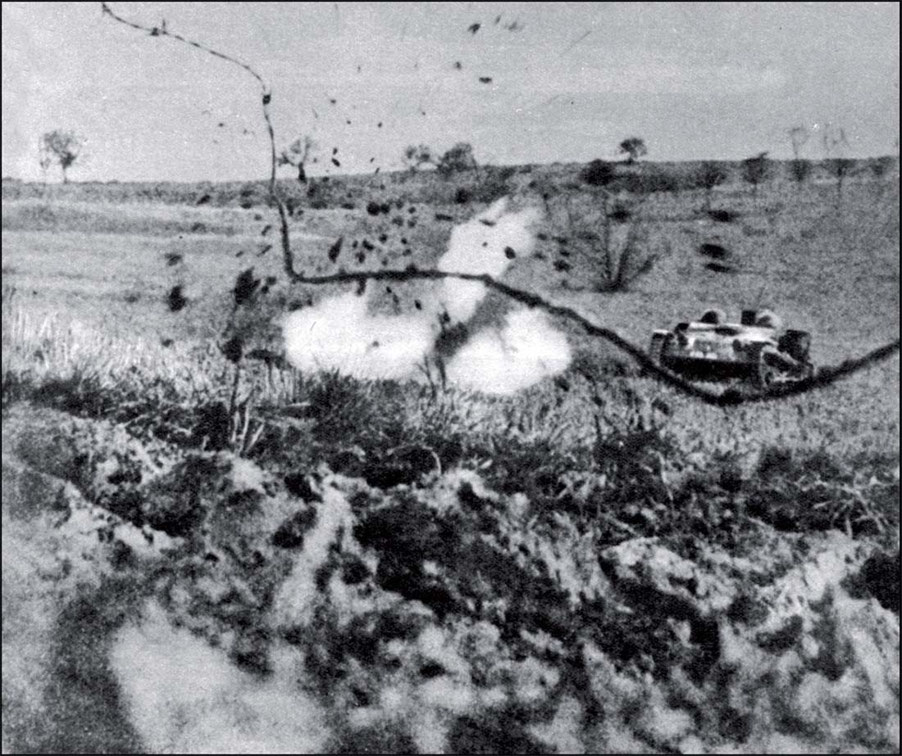SEELWE
THE ROAD TO GERMANYS
PLANNED INVASION OF BRITAIN
THEN AND NOW
Operation Seelwe was itself the victim of the coup de grce which it was supposed to administer to the British Isles.
ADOLF HITLER, JANUARY 20, 1941
SEELWE
THE ROAD TO GERMANYS
PLANNED INVASION OF BRITAIN
THEN AND NOW
Edited by Winston Ramsey
ISBN: 978-1870067027
eISBN: 9-781-399-076-425
First published in Great Britain in 2021 by After the Battle
Published again in 2021 by After the Battle
An imprint of Pen & Sword Books Limited
Yorkshire Philadelphia
All rights reserved. No part of this book may be reproduced or transmitted in any form or by any means, electronic or mechanical including photocopying, recording or by any information storage and retrieval system, without permission from the Publisher in writing.
For a complete list of Pen & Sword titles please contact PEN & SWORD BOOKS LIMITED
47 Church Street, Barnsley, South Yorkshire, S70 2AS,
United Kingdom
E-mail: enquiries@pen-and-sword.co.uk
Website: www.pen-and-sword.co.uk
Or
PEN AND SWORD BOOKS
1950 Lawrence Rd, Havertown, PA 19083,
USAE-mail: Uspen-and-sword@casematepublishers.com
Website: www.penandswordbooks.com
Credits
SOURCES
Extracts are taken from the following issues of After the Battle, authors names being credited at the end of each piece of text. Pages 10-13, No. 79; Pages 14-19, No. 142; Pages 20-25, No. 65; Pages 26-29, No. 143; Page 30, No. 66; Pages 50-53, No. 126; Pages 54-61, No. 19; Pages 62-71, No. 68; Pages 102-105, No. 117; Pages 112-117, No. 69; Pages 150-154, No. 29.
PHOTOGRAPHS
Jean Paul Pallud: 30, 31 all, 63 bottom right, 104 bottom left and right. Andy Saunders: 38 both, 39, 158 top. Peter Schenk: 124 top and centre, 137 all, 138 both, 139 bottom left and right, 140 top, 141 top, 142 top and bottom left and right, 143 top left and bottom, 144 all, 145 all, 146 all, 147 all, 148 both, 149 both, 172. All other illustrations are from the After the Battle archive.
FRONT COVER
On May 10, 1940, German forces crossed the borders of Holland, Luxembourg, Belgium and France, and on June 10 an advance party of the 7. Panzer-Division reached the Channel coast at Les Petites-Dalles, a small seaside hamlet 15 kilometres east of Fcamp.
REAR COVER
Having stood for over 750 years as a bastion of Britains defence, the castle at Dover was reinforced in the 20th century against an invasion threat from Germany.
FRONTISPIECE
Guarding the cliffs of England; a corporal from the Home Guard on Abbots Cliff, Kent. Folkestone lies in the background.
FRONT ENDPAPER
Luftwaffe reconnaisance photo showing the White Cliffs of Dover.
REAR ENDPAPER
Barges sunk at Dunkirk after a British air raid.
Picture Post, February 17, 1940: One of the few pictures of actual fighting that has yet come from the Western Front. Shells from the German guns burst around a French armoured car as it takes munitions to an advance post between the front lines. At some points, patrols have gone three miles into German territory as a reply to Hitlers boast that French troops would never set foot again on German soil. (See also pages 30-31.)
EDITORIAL NOTE
When I first broached the subject of this book to the ATB staff, the response was: how can you do then and now coverage about an invasion that never took place? Doing the impossible has never put us off, as our long-time author Jean Paul Pallud has proved many times in the past, and as illustrated here on pages 104105.
Having given the matter much thought, I decided that we should tell the whole story beginning in 1939, and leading up to the German plans for Operation Seelwe (Sealion) in the summer of 1940; in other words, the road to invasion.
By bringing together and illustrating all the events listed in our Sealion Diary (set out on pages 8 and 9), I hope you will like running through the months that followed as the full picture unfolded. Hitler achieved some amazing victories but in the end the Fhrer had to admit defeat and he finally threw in the towel in October 1940.
Peter Schenk, who authored the earlier article in After the Battle No. 69, has since produced his definitive book Operation Sealion, first published in Germany by Oberbaum Verlag in 1987, and in English by Greenhill Books in 2019. Peters help has been invaluable and those readers wanting to get into the real nitty-gritty of the German planning for the invasion are recommended to consult Peters work.
In this book I have chosen to describe Operation Seelwe through the eyes of another German writing in 1947. The leading Naval historian Vizeadmiral Kurt Assmann produced his restricted monograph for the Director of Naval Intelligence at the Admiralty. Assmann died in July 1962 and the copy we have quoted from was declassified in 2007.
I am also indebted to our contributors: J.R. Blomfield, Arno Breker, Count Ciano, Basil Collier, Peter Cornwell, Seb Cox, Air Historical Branch, J.C. Garwood, Jan Heitmann, Wiktor Kurowski, Karel Margry, G.R.M. More, Jean Paul Pallud, Dr Richard Raiber, John Reed, Hugh Trevor-Roper, Andy Saunders, Peter Schenk, Dennis Whitehead, Henry Wills. To all, alive or dead, I thank you.
My special thanks are extended to my wife Gail for tracing the Assmann report; to our Editor Karel Margry, whose eagle eye can always be relied upon to spot something I have missed, and not forgetting Rob Green, our IT expert, whose patience makes him such a joy to work with.
WINSTON RAMSEY, 2021
DEDICATION
This book is dedicated to the memory of Alan Tomkins, David Davies and Henry Wills.
May their contribution be not forgotten.
Contents
The first shots on the Western Front were fired by the Hochwald fortress in north-eastern France. The largest of the Maginot Line fortifications, it fired in support of French patrols on the night of September 8/9, 1939. It was unmolested during the drle de guerre period until June 16, 1940 when it suffered attacks from German artillery and Stuka dive-bombers. In this remarkable photograph, two honour guards one French and one German face each other at the entrance to Block 8 at the formal ceremony for handing over of the keys to the incoming tenants on July 1.

